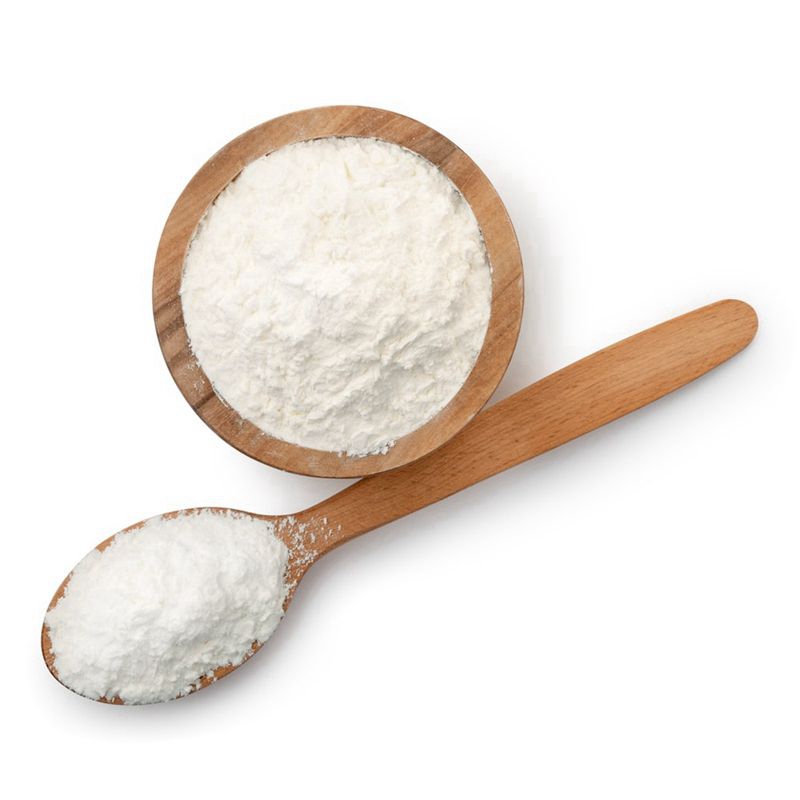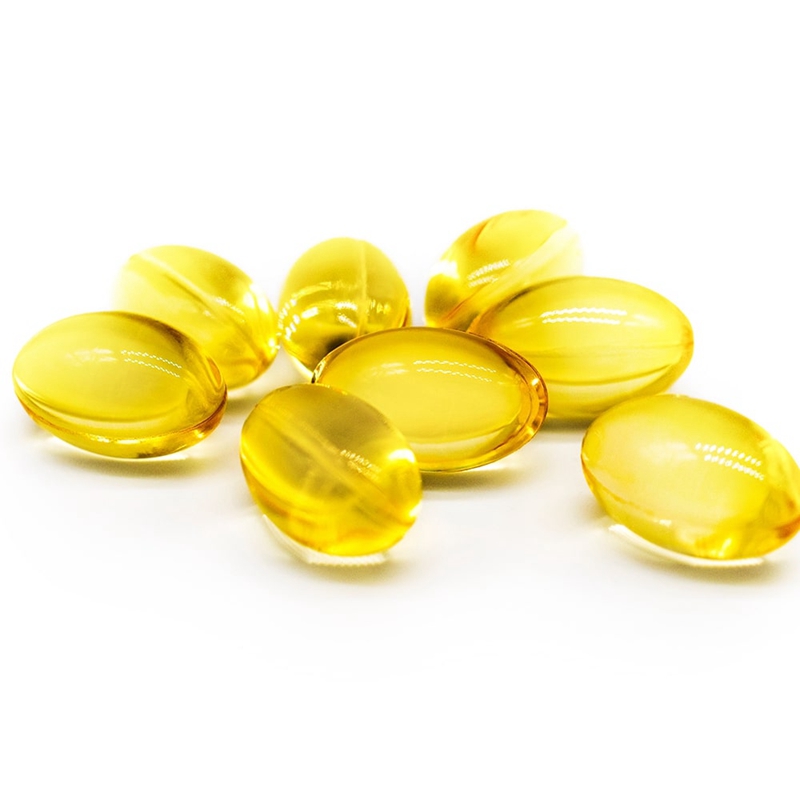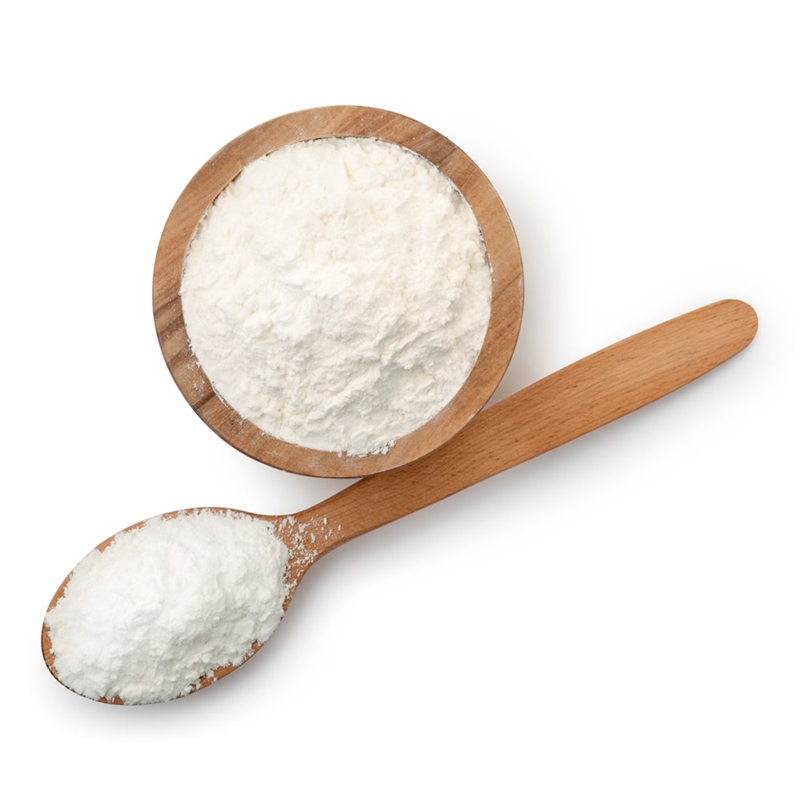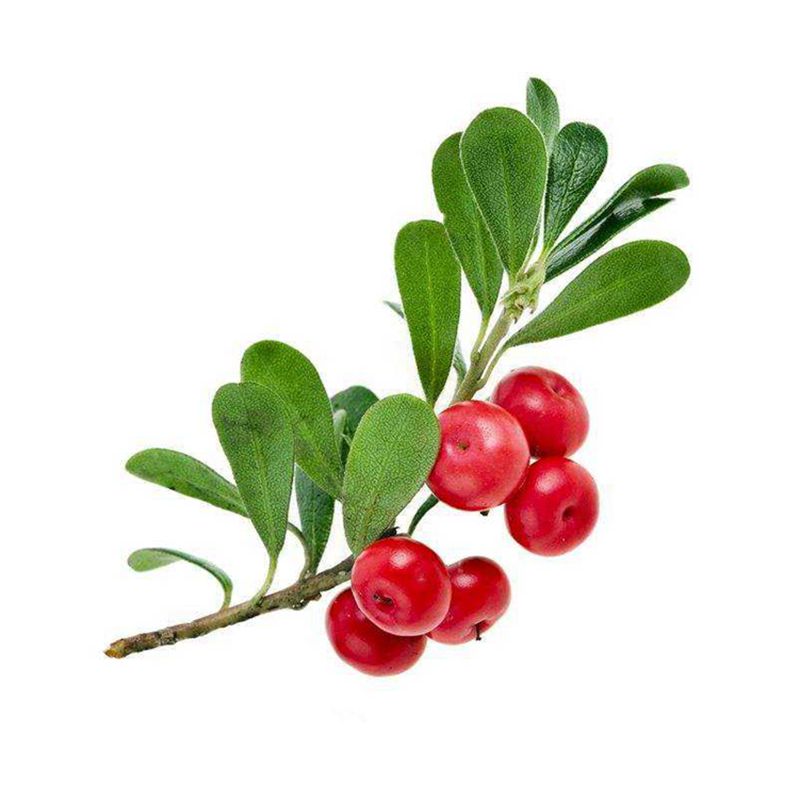
Special Price for Natural Rosemary Extract - Factory Supply Artemisia Annua Extract Powder Artemisinin CAS: 63968-64-9 – Justgood
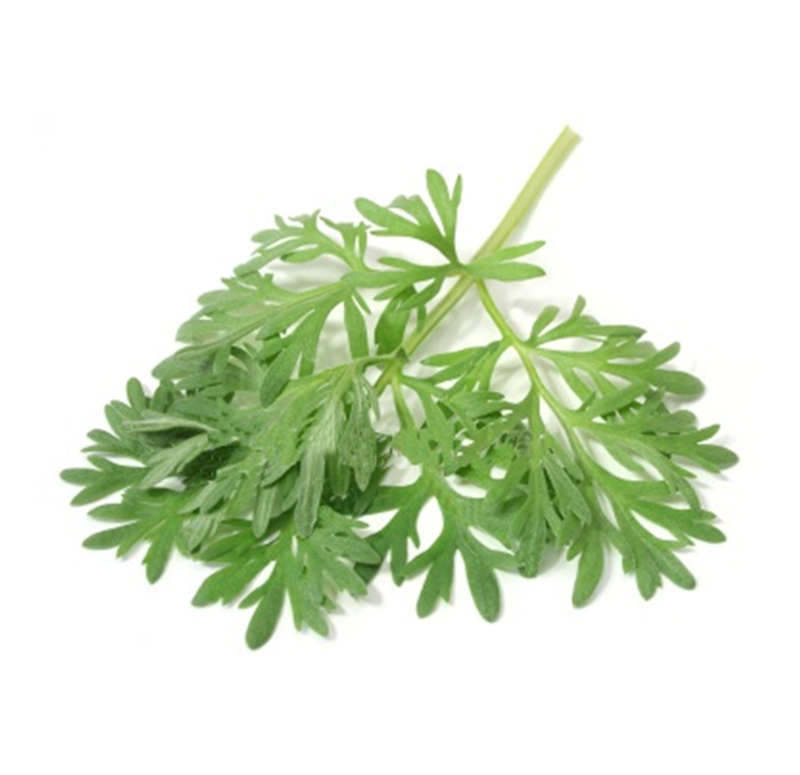
Special Price for Natural Rosemary Extract - Factory Supply Artemisia Annua Extract Powder Artemisinin CAS: 63968-64-9 – Justgood Detail:
| Ingredient Variation | N/A |
| Cas No | 63968-64-9 |
| Chemical Formula | C15H22O5 |
| Molecular weight | 282.34 |
| Melting point | 156 to 157 ℃ |
| Density | 1.3 g/cm³ |
| Appearance | colorless needle crystal |
| Solubility | Soluble in Water |
| Categories | Plant extract, Supplement, Health care |
| Applications | Treatment of malaria, anti-tumor, treatment of pulmonary hypertension, anti-diabetes |
Artemisinin is found in the flowers and leaves of the herb Artemisia annua and is not contained in the stems and is a terpenoid with very low content and a very complex biosynthetic pathway. Artemisinin, a major active command in the Artemisia annua plant species, is one of the most commonly prescribed therapy in traditional Chinese medicine.
It was first developed as a drug to treat malaria and has since become the standard treatment for the disease worldwide. Today, researchers are exploring its use as an alternative therapy for cancer treatments.
Because it reacts with iron-rich cancer cells to produce free radicals, artemisinin works to attack specific cancer cells, while leaving normal cells unharmed. Although more research on the therapeutic is needed, the reports to date are promising.
The plant has been used in traditional Chinese medicine for 2,000 years to threat fevers, headaches, bleeding and malaria. Today, it’s used to make therapeutic capsules, teas, pressed juice, extracts and powders.
A. annua is grown in Asia, India, Central and Eastern Europe, as well as in temperate regions of America, Australia, Africa and tropical regions.
Artemisinin is the active constituent of A. annua, and it’s used as a drug to treat malaria and has been researched for its efficacy against other conditions, including osteoarthritis, Chagas disease and cancer.

Product detail pictures:

Related Product Guide:
We believe that prolonged expression partnership is really a result of top of the range, value added support, rich encounter and personal contact for Special Price for Natural Rosemary Extract - Factory Supply Artemisia Annua Extract Powder Artemisinin CAS: 63968-64-9 – Justgood , The product will supply to all over the world, such as: Lithuania, Slovenia, Bandung, Our mission is Provide Products with Reliable Quality and Reasonable Prices. We welcome customers from every corner of the world to contact us for future business relationships and achieving mutual success!
Staff is skilled, well-equipped, process is specification, products meet the requirements and delivery is guaranteed, a best partner!



